Active methods as an effective way of learning
Scheduled open classes using active learning methods were conducted by teachers of the Department of Pharmaceutical and Toxicological Chemistry in the spring semester.
Active lecture by Professor S.K. Ordabayeva was carried out in accordance with the calendar-thematic plan for pharmaceutical chemistry on the topic “Purine derivatives”. The purpose of the lecture is to develop students' knowledge about the physical and chemical properties, pharmacopoeial and alternative methods of quality control of drugs of the group being studied.
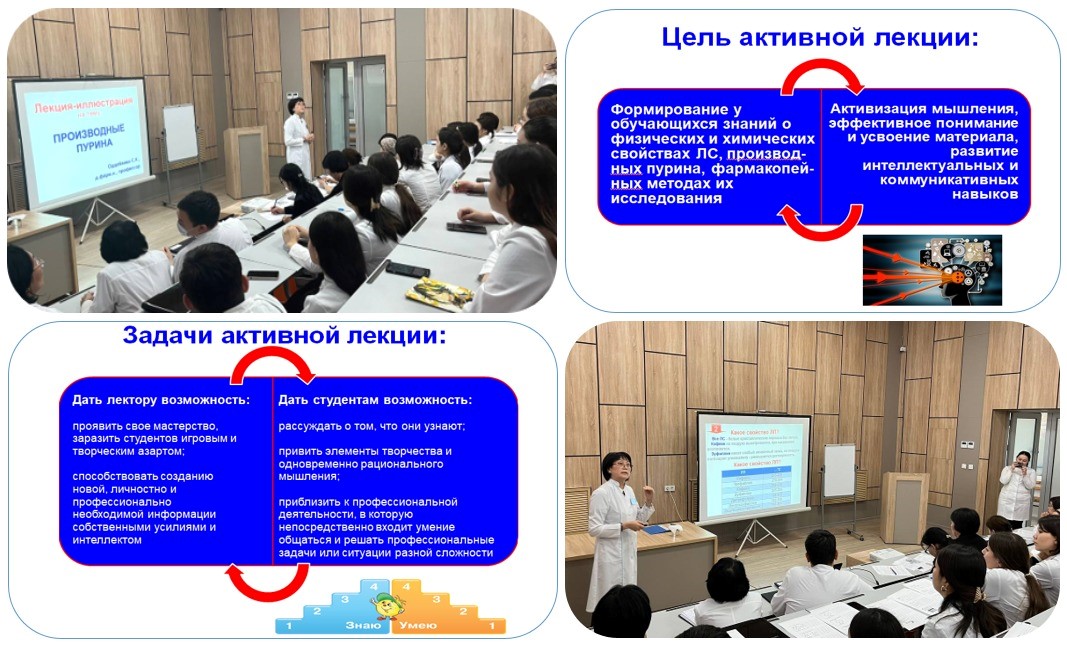
The lecture used one of the active teaching methods - lecture-illustration, the purpose of which was to teach students to transform illustrated, visual in the form of diagrams, chemical reactions, drawings, drawings material into oral or written material, which contributes to the formation of their professional thinking through active mental activity.
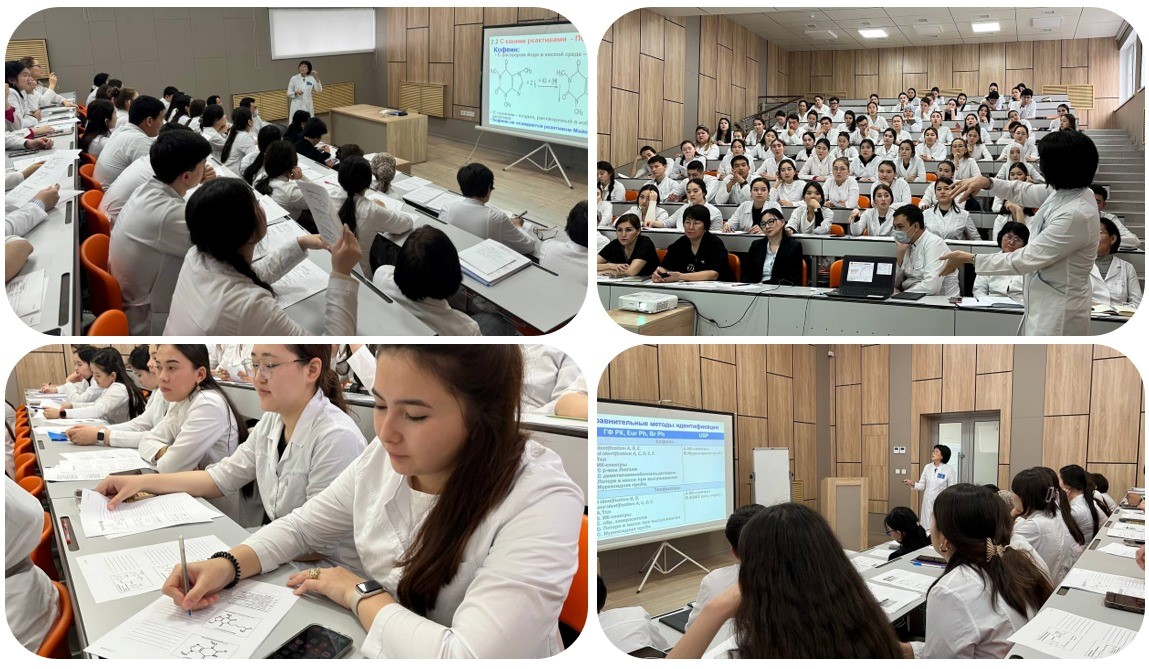
The lecture-illustration is problematic in nature; illustrations without comments are a task for students that allows them to master intellectual operations in the process of working with information, including the mental actions of analysis, synthesis, generalization, collapsing and expanding information.
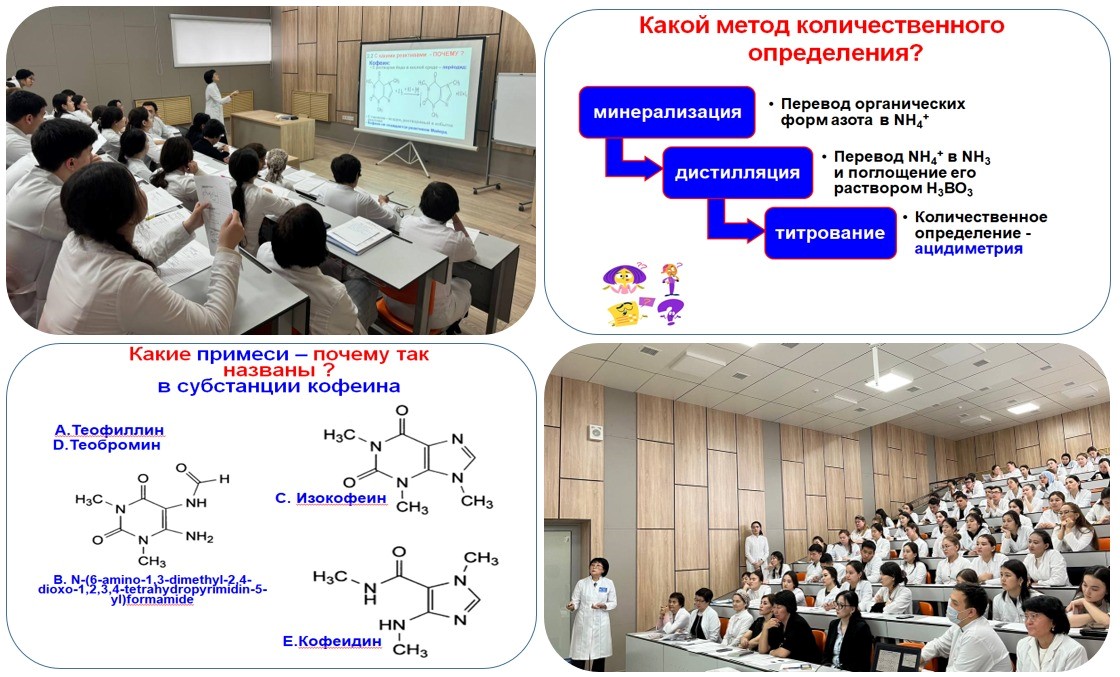
The lecturer prepared a lecture presentation, handouts and visual materials.
Almost all of the lecture material in the form of structural formulas of drugs, their physical and chemical properties, chemical reactions, methods of qualitative and quantitative analysis, instrumental methods was presented in the form of illustrations, which were accompanied by relevant questions for the audience.
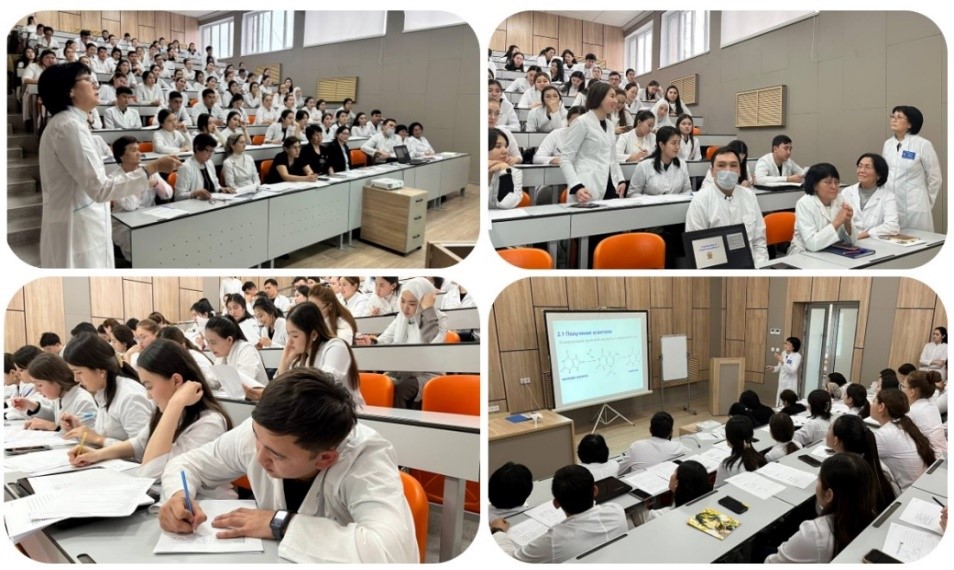
The high methodological level of presentation of lecture material, skillful and appropriate use of one’s own comments on the material, questions posed to students and their joint solution made it possible to fully achieve the goal and objectives of the active lecture. The involvement of students in the process ensured their high mental activity, better understanding and assimilation of the material in the course of their own reasoning, and allowed them to solve the questions posed and situational tasks possible in their future professional activities.
Lecture and laboratory lesson by Associate Professor A.D. Serikbayeva and senior teacher Altynbek D. were conducted with 5th year students of EP 6B10106 “Pharmacy”. The classes were devoted to a pressing problem in society - the illegal use of narcotic substances and methods of their chemical and toxicological analysis. The specifics of the fight against drug trafficking require the involvement of specialists of various profiles in order to reliably clarify all the circumstances of the case: criminologists, toxicological chemists, and narcologists. One of the decisive areas in this regard is conducting a forensic medical examination of suspects in order to establish the fact of drug use, the results of which largely depend on laboratory testing of biological samples of the subject. To achieve this goal, students must receive a high level of theoretical preparedness in the chemical and toxicological analysis of narcotic substances. At the present stage of higher education, to achieve this goal, it is advisable to use various innovative teaching methods that help to deeply comprehend the material and consolidate the acquired theoretical knowledge.
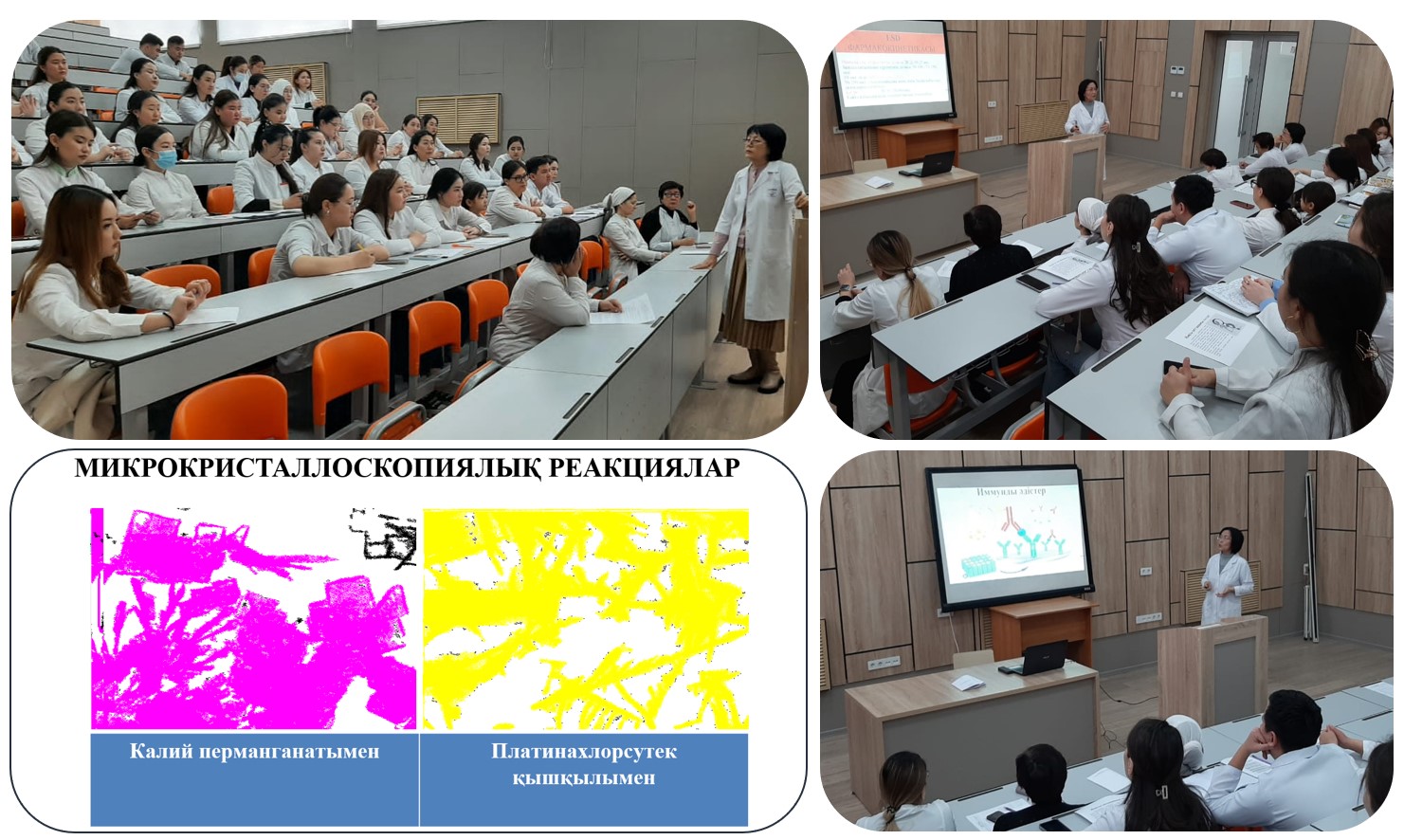
Open classes were conducted using the “Case Study Analysis” method. During the lesson, the teachers familiarized the audience with a situational task from the practice of chemical-toxicological analysis of a forensic study of a narcotic substance and explained the essence of the problem, during which the students had to find a toxicant in biological samples.
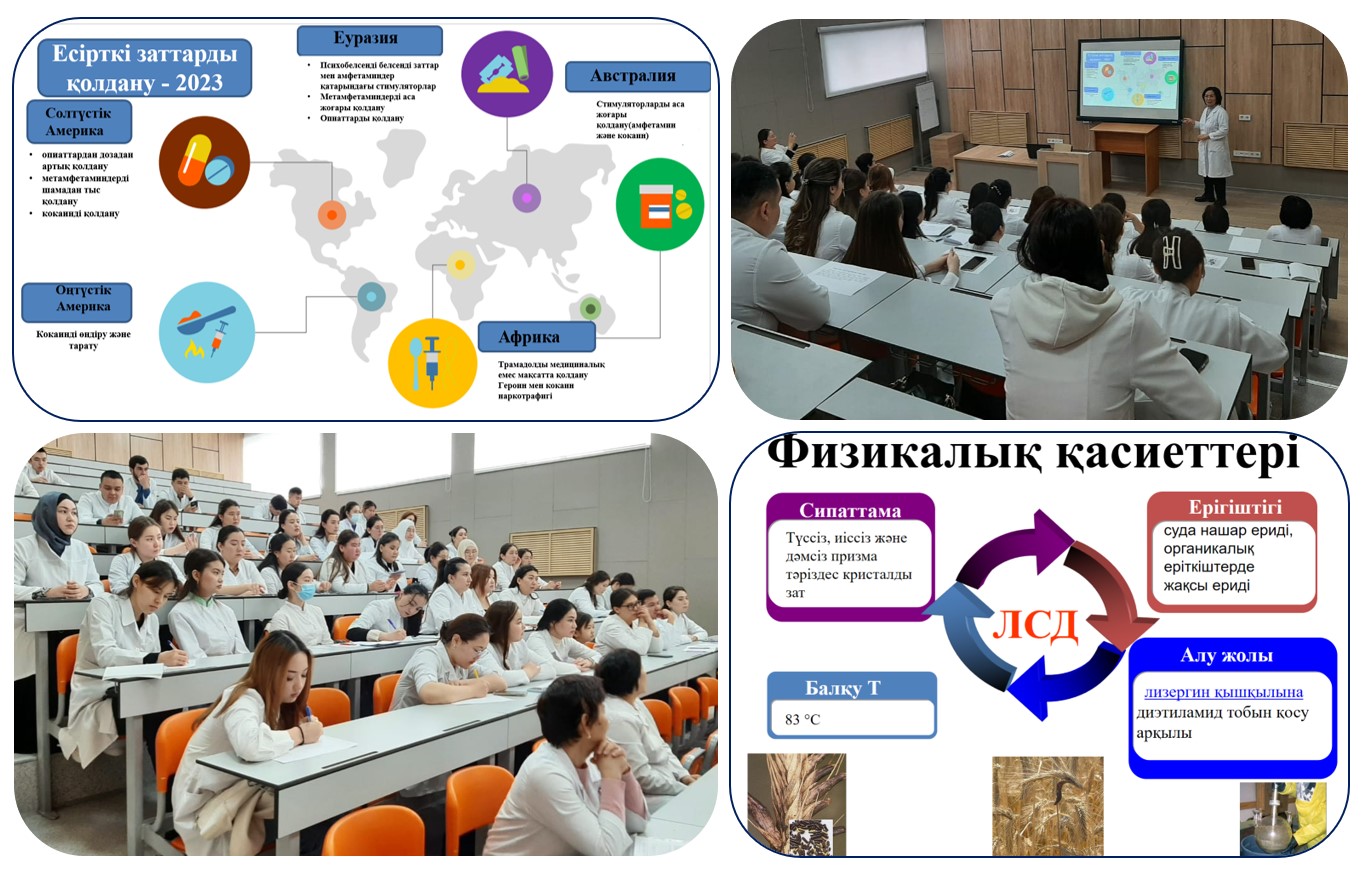
To solve the problem, the lecturer informed the audience about the drug situation in the world according to the UN Committee on Narcotic Substances Control, narcotic products of cocaine, impurities containing this product, metabolic pathways, sample preparation methods and analysis using modern physicochemical methods. Students were also presented with information on recommended methods for identification and analysis by the UN Office on Drugs and Crime.
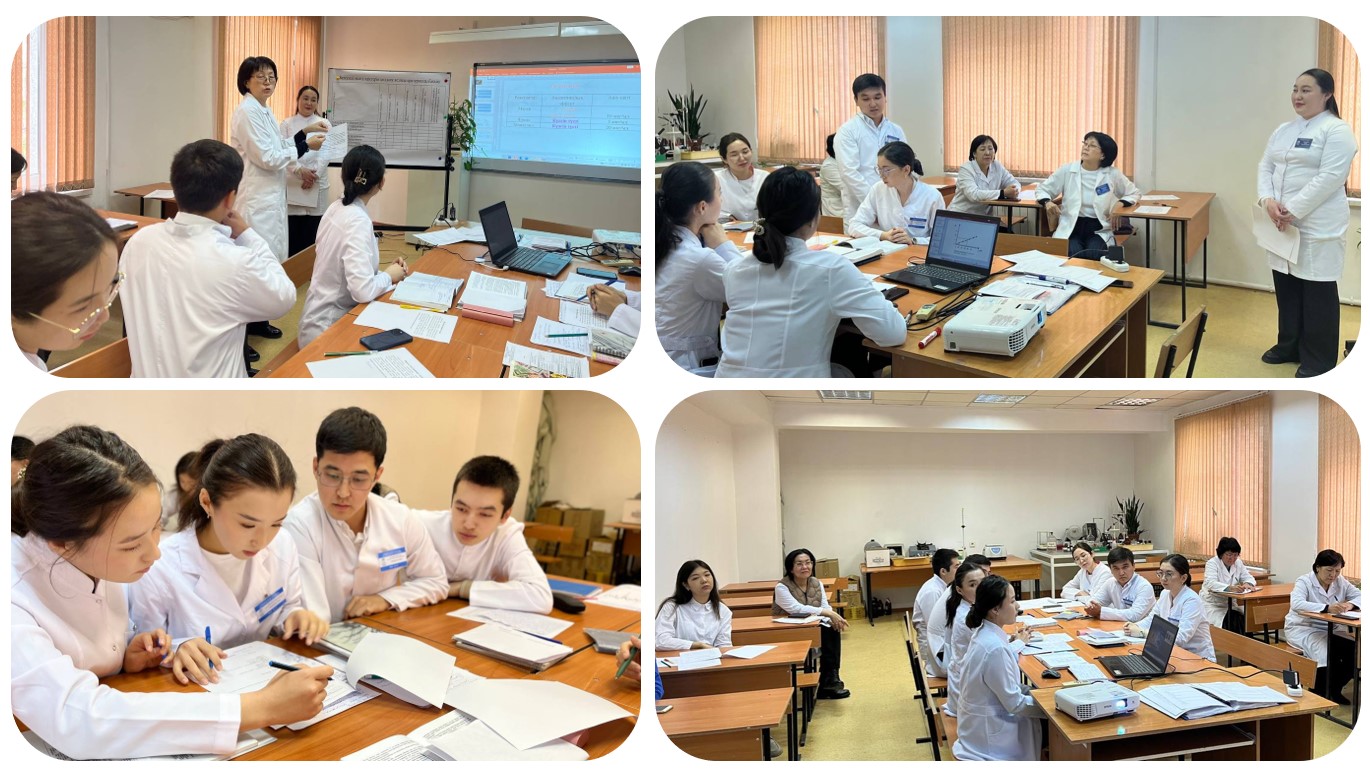
In laboratory classes, each team worked on a specific real-life problem, which gave the group the opportunity to develop strategies, delve deeper into the problem, carry out the laboratory part of the task step by step, increasing the creativity and work efficiency of each student, and ultimately solve situational problems with the most likely correct answer.
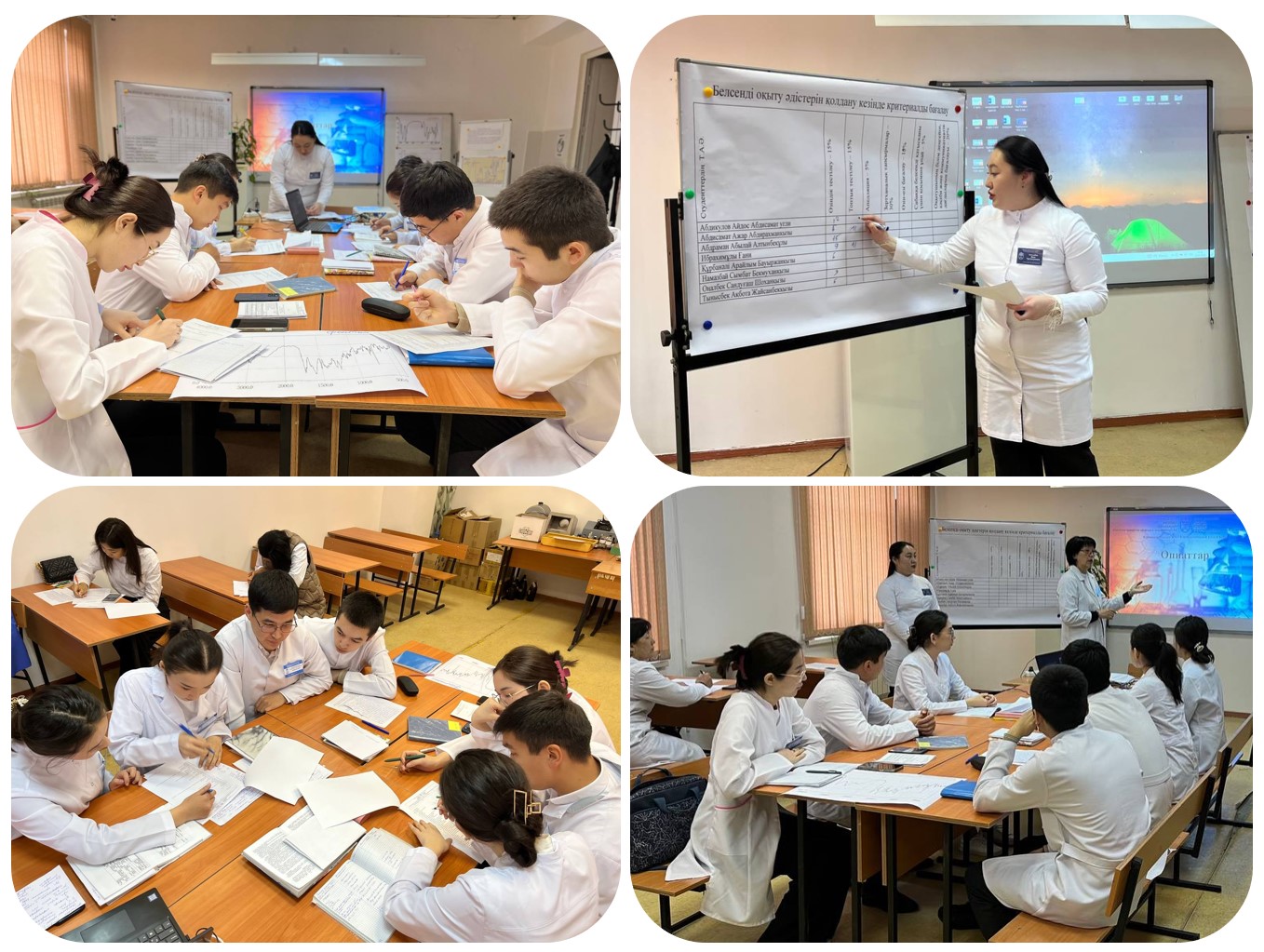
Students and present Academy teachers gave a positive assessment of the classes using ALM, noted their effectiveness in mastering the program material and consolidating the professional skills of students.
 599 views
599 views
